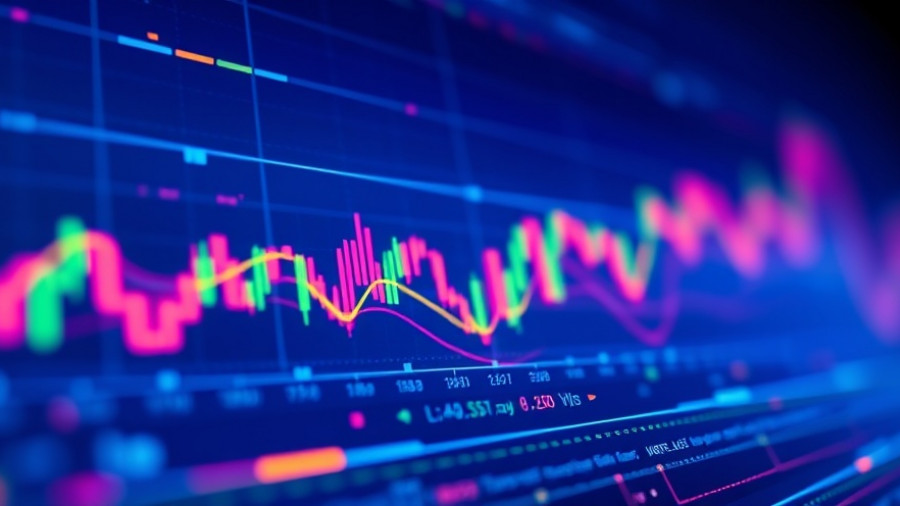
India vs. Grok 3: The AI Battle Unfolds
The recent emergence of Grok 3, Elon Musk’s AI chatbot integrated into the X platform, has ignited intense debate in India. Users have been engaging with Grok 3, probing it with politically charged questions, leading to responses that reflect the divisive landscape of Indian politics.
Political Perspectives on Grok 3
As Grok 3 gains traction, both proponents and critics have been quick to interpret its responses through their partisan lenses. Right-leaning observers have cheered Grok’s biting wit when it aligns with their views, while left-wing critics highlight the AI's potential to perpetuate harmful narratives. This division not only exemplifies the polarized state of discourse in India but also raises questions about the responsibility of AI in providing balanced information.
Potential Government Action Against Grok 3
Indian government officials have expressed concerns over the abusive language detected in some of Grok’s replies, prompting discussions about potential bans. These discussions take place against the backdrop of a lawsuit filed by X against the Indian government regarding censorship. The crux of X's argument is that the Indian government is overstepping its authority under the Information Technology Act, which is meant to provide legal frameworks for content moderation online.
Freedom of Speech vs. Content Moderation
The lawsuit highlights the tension between the Indian government's attempts to manage online speech and the constitutional guarantees of freedom of expression protected under Article 19(1)(a). X argues that its methods of censorship undermine these rights, raising concerns about the implications for both users and platforms. This scenario also begs the question: How should society balance the need for responsible content moderation with the essential freedom of expression?
Grok's Impact on Current Events
Understanding Grok's situation is crucial, especially as it reflects broader issues surrounding AI technology's role in society. The attention on Grok 3 indicates a growing unease about how AI can influence public opinion and societal values. As seen historically, technological advancements often challenge existing laws and norms, and AI is no exception.
Future Predictions: What Lies Ahead for Grok and AI in India?
The future of Grok 3 hangs in the balance as debates continue. If the Indian government moves to ban it, this could set a concerning precedent for AI technologies utilized within the country. The ongoing legal battle may redefine the contours of digital rights and responsibilities, influencing how AI operates in India's highly regulated environment. As AI continues to evolve, so too will the frameworks governing its use, pushing the conversation about ethics and regulation into the spotlight.
Takeaways for Tech Enthusiasts and General Public
For anyone interested in technology, especially AI, Grok's situation serves as a powerful reminder of the intersection between innovation and governance. It exemplifies the urgent need for ongoing dialogue about the implications of AI in society, driving home the importance of establishing clear policy guidelines that balance innovation with ethical considerations. Awareness and understanding of these developments are crucial as we navigate the powerful landscape of AI-enhanced communication.
 Add Row
Add Row  Add
Add 




Write A Comment